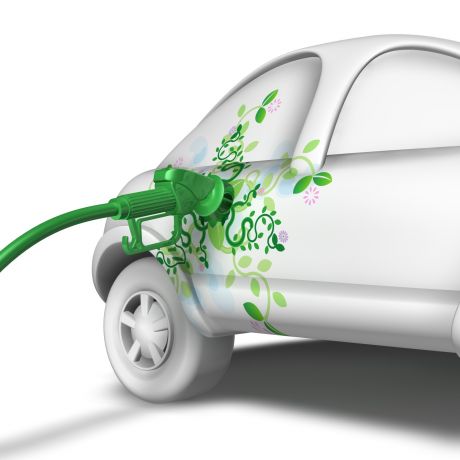Biofuels from CO2 and light

Biofuels from CO2 and light
Increasing concerns about rising atmospheric carbon dioxide (CO2) levels prompted scientists to explore ways of converting this greenhouse gas into fuels and organic materials using light.
A general characteristic of photocatalysts is their ability to generate
hydrogen by splitting water (H2O), which is also the primary step in CO2
photoreduction. The second and most crucial step is the reduction of
CO2 to hydrocarbons.
One of the main challenges of photocatalysis is how best to enhance the photoreduction of CO2. The EU-funded CO2PHOTORED (Carbon dioxide photoreduction: A great challenge for photocatalysis) project was established to improve the photoreduction of CO2 with the aid of new and experimental techniques now available to researchers.
The project used electron-transfer processes on heterogeneous catalysts to achieve photocatalysis and obtain useful organic compounds. The initiative therefore explored new catalysts capable of improving hydrogen yields from CO2 and H2O. Techniques included the deposition or encapsulation of a semiconductor onto a nanoporous support for the photoreduction of CO2.
New doping strategies were studied and developed in order to improve photoactivity and the ability to absorb the visible solar spectrum. Team members also developed new CO2 mitigation strategies by investigating photoreducers and hybrid photosensitiser-semiconductor systems and the use of developed materials in a photoreactor.
A large number of photocatalysts were tested for their ability to convert CO2 into useful compounds. It was found that the best strategy for obtaining the most useful material was to use bimetallic nanoparticles. CO2PHOTORED employed gold (Au) and copper (Cu) as co-catalysts, combined with the photocatalyst titanium dioxide (TiO2).
Results showed that the TiO2 photocatalyst loaded with Au and Cu was a highly efficient material for the light reduction of CO2 to methane, with H2O acting as a reducing agent.
The innovative nature of CO2PHOTORED was based on combination of the properties of two or more metals acting as co-catalysts of the TiO2 semiconductor. Its success could open up new opportunities for preparing highly selective materials for the photocatalytic production of methane as a biofuel.
published: 2016-03-25